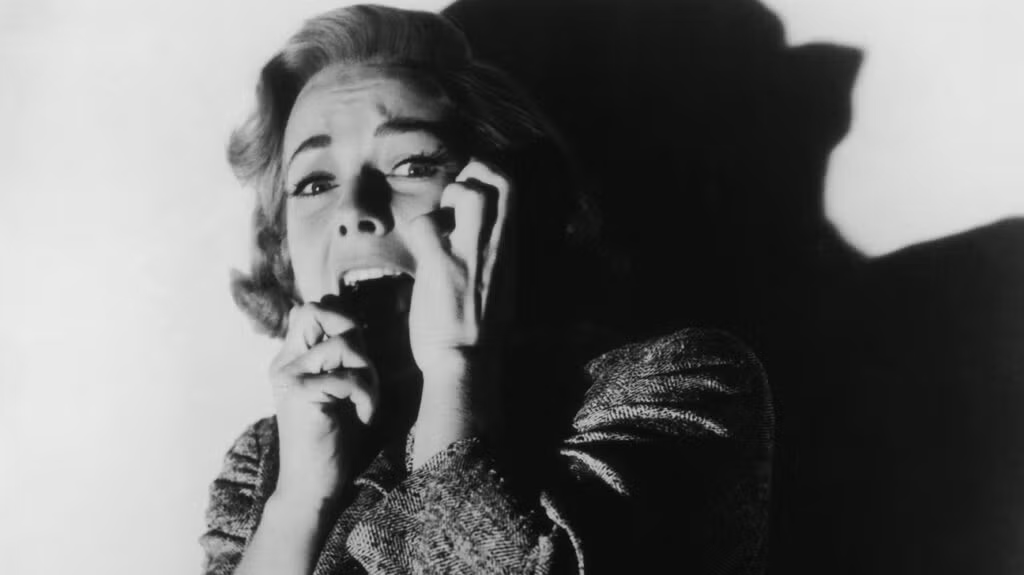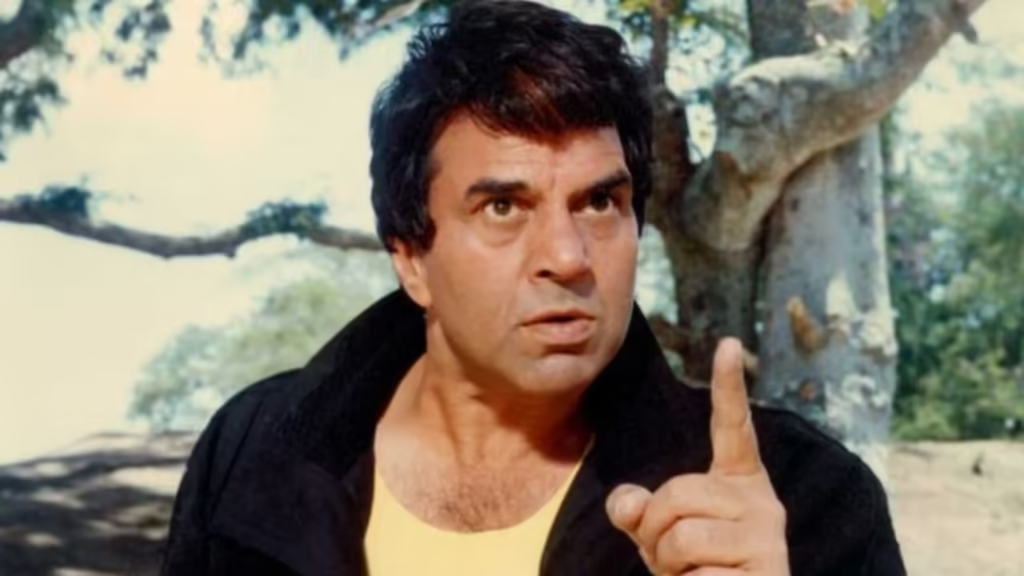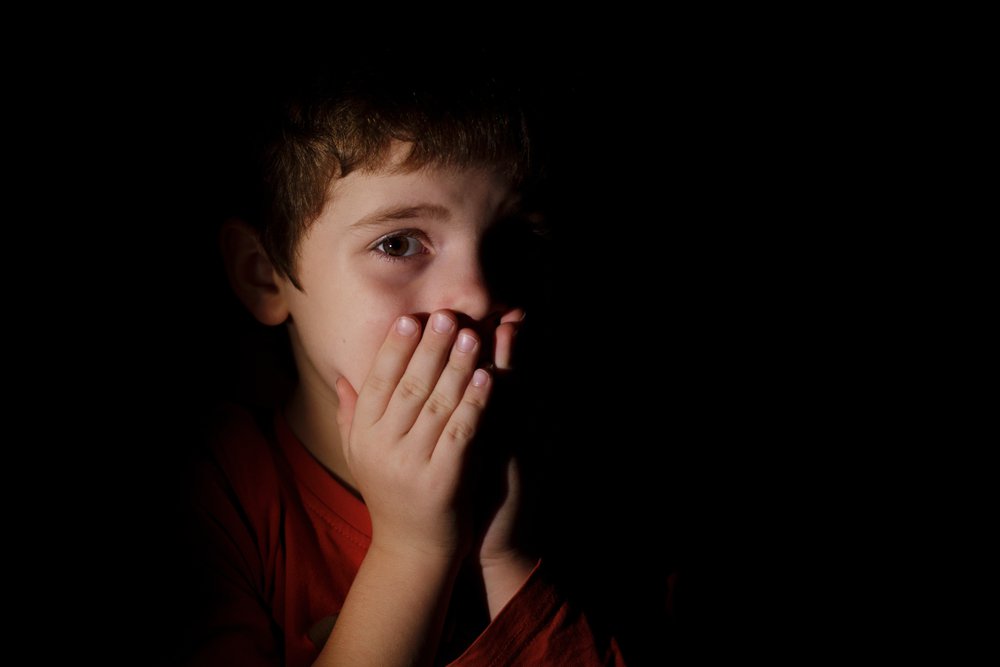Now Reading: How Movies Feed Fear: The Psychology Behind the Thrills
-
01
How Movies Feed Fear: The Psychology Behind the Thrills
How Movies Feed Fear: The Psychology Behind the Thrills

Movies have a unique power to evoke emotions, and fear is one of the most commonly triggered responses. From horror films to thrillers, cinematic techniques manipulate suspense, sound, and visuals to create tension. In India’s Tier-2 cities, where cinema remains a popular form of entertainment, movies not only entertain but also shape perceptions of danger, uncertainty, and the unknown, sometimes leaving lasting impressions on viewers.
The Science of Fear in Films
Filmmakers use a combination of darkness, sudden sounds, and storytelling to activate the brain’s fear response. This triggers adrenaline, heightening alertness and emotional engagement. While this is enjoyable in a controlled setting, repeated exposure can subtly influence attitudes and anxieties, especially among younger viewers or those already sensitive to fear.
Cultural Influence and Storytelling
Indian films often draw on local folklore, myths, and superstitions to intensify fear. Stories of spirits, haunted locations, and supernatural beings resonate deeply with audiences, particularly in smaller towns where traditional narratives are familiar. This connection makes cinematic fear feel personal and sometimes more believable than purely fictional scenarios.
Impact on Behavior and Perception
Fear in movies can affect daily life, influencing how people perceive safety and risk. Some viewers may develop avoidance behaviors, such as being hesitant to go out at night or fear certain places or situations. In Tier-2 cities, where local legends already shape behavior, horror films and thrillers can reinforce existing fears, blending fiction with reality.
Enjoyment vs Anxiety
While movies provide excitement and a safe way to experience fear, they can also amplify anxiety in susceptible individuals. Understanding the difference between entertainment-induced fear and real-life threats is essential. Parents and communities play a key role in guiding younger viewers and promoting media literacy to prevent excessive fear response.
Conclusion
Movies have a powerful impact on human psychology, feeding fear through storytelling, sound, and visuals. In India’s Tier-2 cities, films blend entertainment with cultural context, sometimes leaving lasting impressions on viewers. Recognizing the mechanics of fear in cinema allows audiences to enjoy thrills without letting them distort perceptions of real-world risks.

























